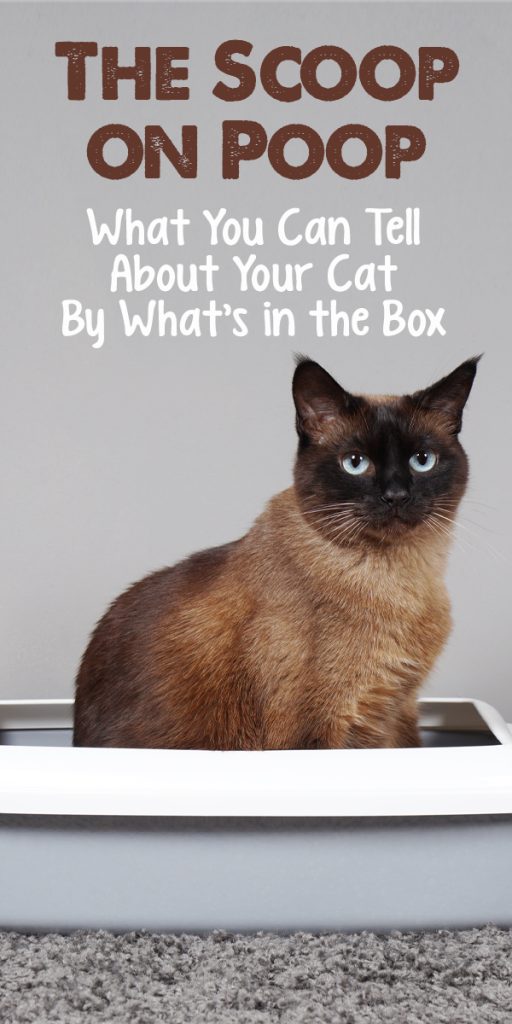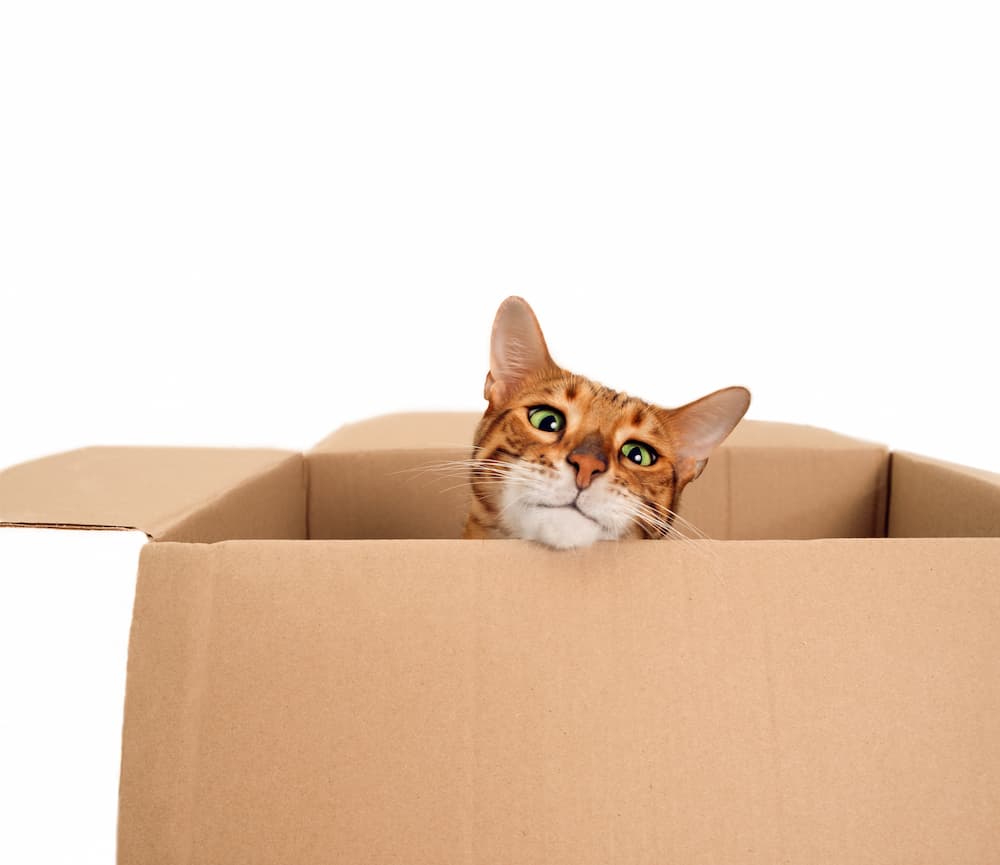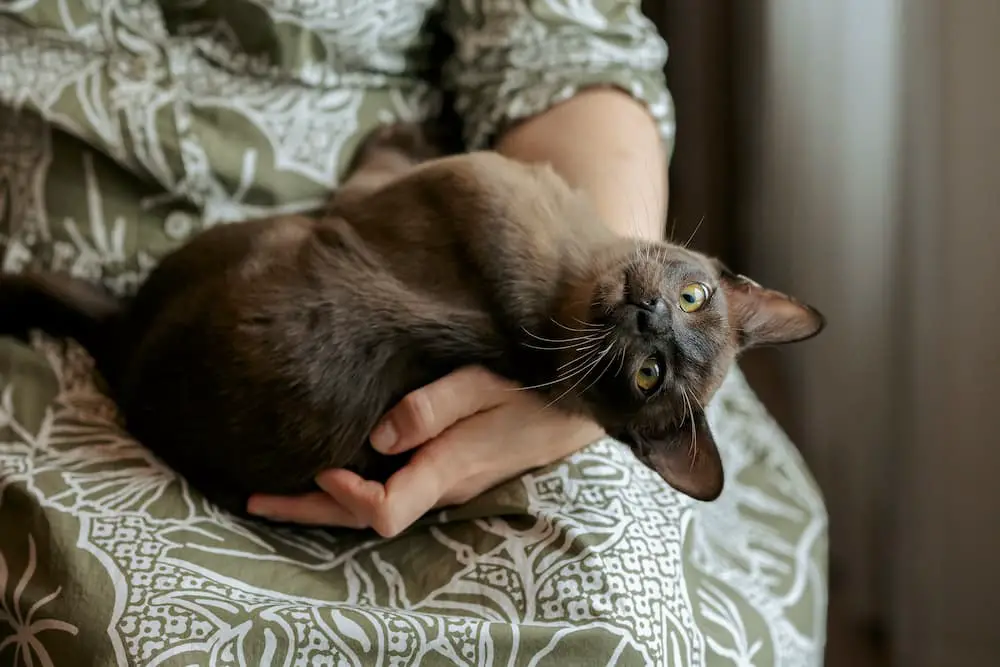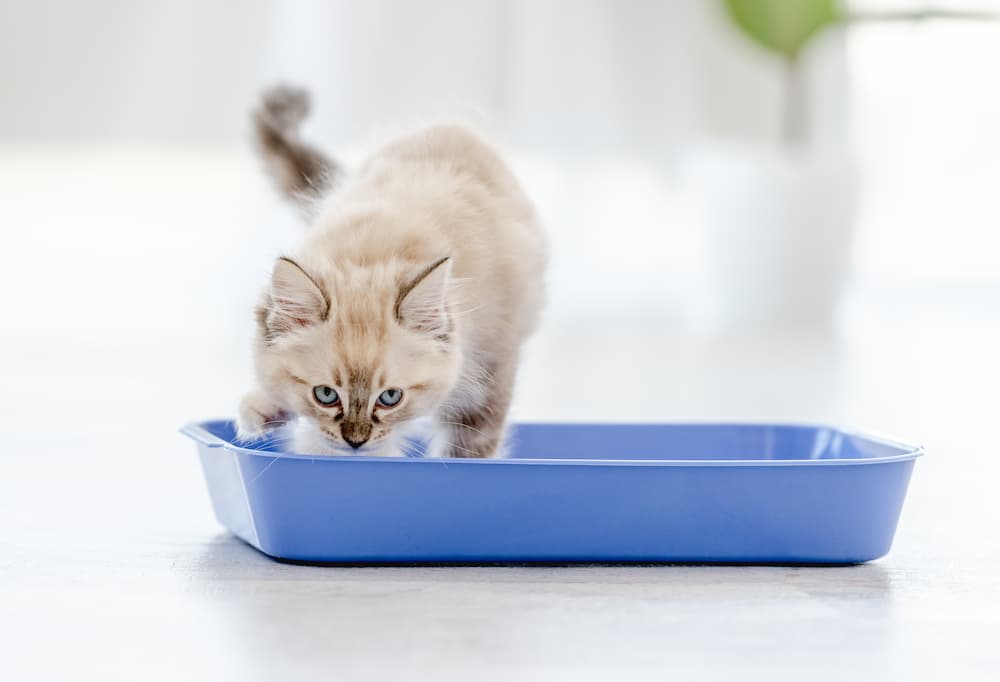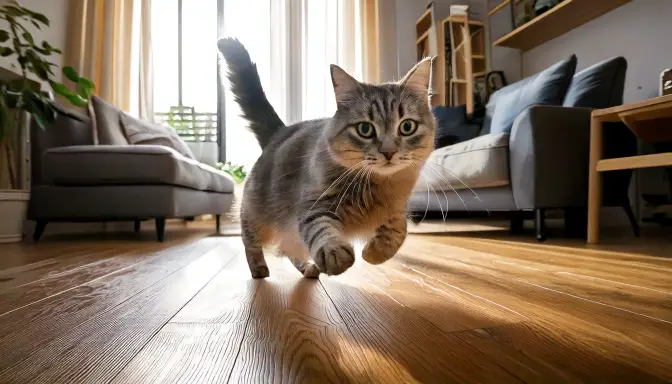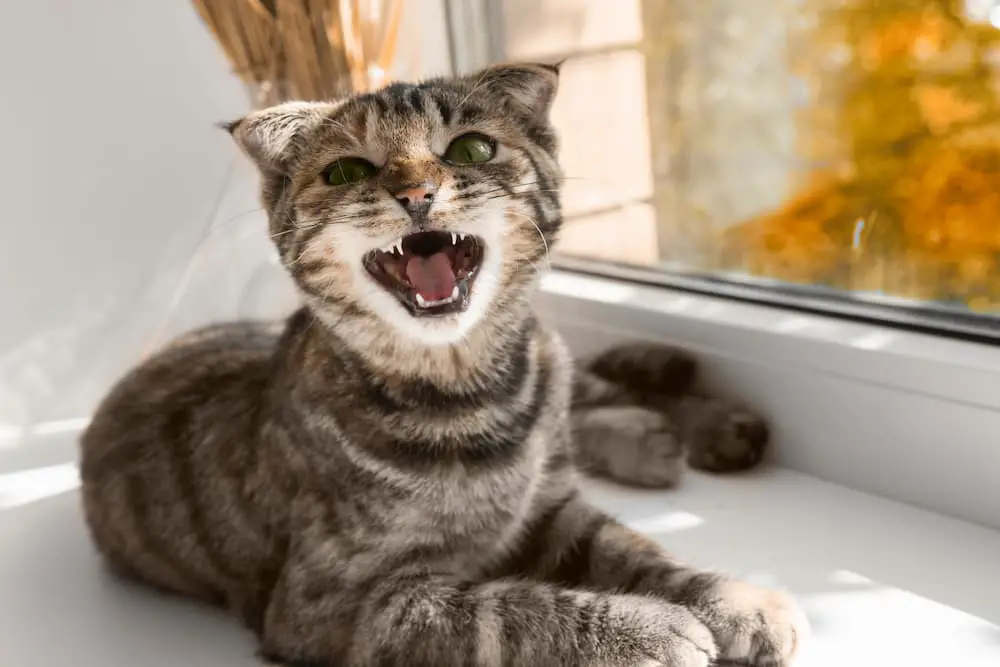There are many ways to tell if your kitty is in good health. For instance, you can learn a lot about your cat’s condition by paying attention to what you scoop from her litter pan. This guide will explain what makes a perfect poo.
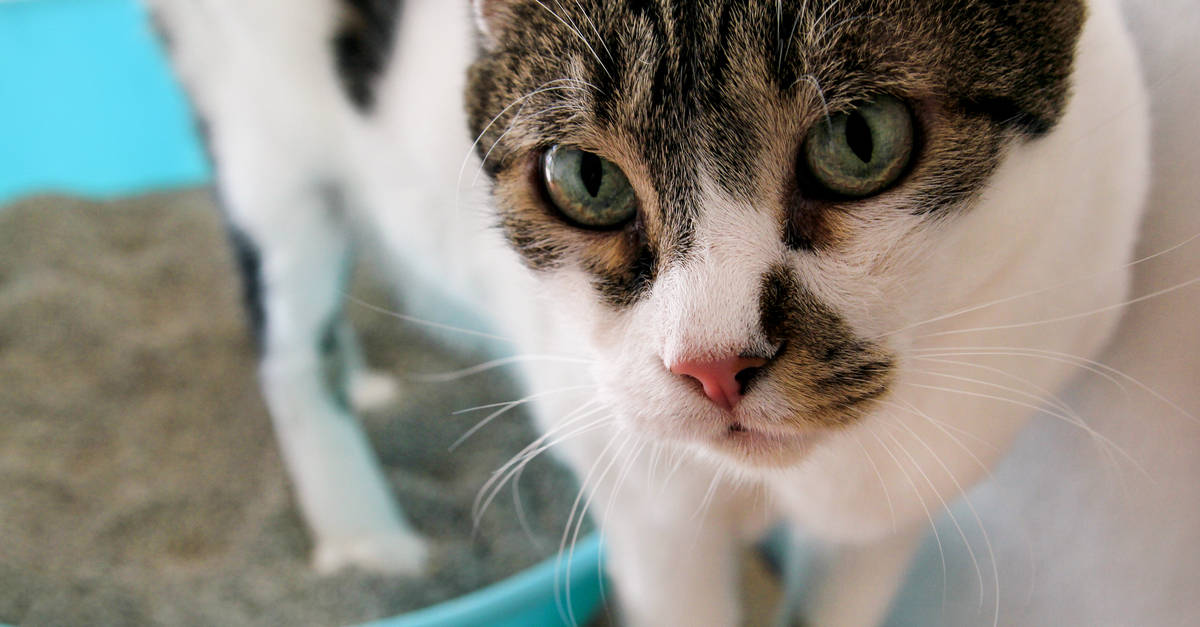
The Scoop on Texture, Consistency, and Color
Ideally, your cat should poop every 24 to 36 hours. It should be rich brown in color, well-formed and consistent and should be moist enough that the litter can stick to it. It will not smell “good”, but it shouldn’t be so strong and foul that it drives you out of the room.
Too Loose
If you’ve just changed your cat’s food, or if she is battling a virus or other medical condition, she may have stool that’s too loose. If loose stools last for more than a day, you should consult with your veterinarian, as this can be a sign of illness and may lead to dehydration.
Too Hard
Dark, very hard small droppings are usually caused by dehydration or constipation. Encourage your cat to drink more, add wet food to his diet, and consult with your cat’s vet if it continues.
Spaghetti or Rice
Long, spaghetti-like strands in your cat’s poop might be roundworms. Little white rice-like bits are usually tapeworm segments or eggs. If you see this in the litter box, put it in a baggie and make an appointment with your veterinarian to have a fecal test done to check for the presence of worms.
Black or Bloody
If your cat has black, tarry feces, there could be bleeding in his upper gastrointestinal tract, and he needs to be seen by the veterinarian at once. It’s not completely unusual for a cat to pass a bit of red blood in stool from time to time – it could mean any number of things. You should call your vet as soon as possible if you notice a lot of blood or bloody stool more than one time, or if your kitty is straining to poop.
What Does it Mean…
…if the cat doesn’t poop?
If your cat hasn’t pooped for more than a few days, it’s time to visit the veterinarian to rule out a blockage, kidney issues, constipation, or more.
…if there’s hair in the cat poop?
This is totally normal! Since cats are such fastidious groomers, it’s not unlikely that they’ll swallow – and then eliminate – some of their own hair.
…when the cat stops using the litter box?
If your cat stops going in the litter box, it could be a sign of stress, dirty litter, territorial issues with another pet in the house, or anxiety. Collect a sample for your veterinarian so he can rule out any medical causes. If you determine there’s no medical cause for it, try adding another litter box. You should provide a separate box for each cat in your home plus one extra. Reduce stress in multi-cat homes by adding cat shelves or cat trees, or using natural stress remedies like Feliway or Rescue Remedy.
…when a cat has gas?
Cats can and do get gassy due to gastrointestinal issues. If your feline friend only toots occasionally, it’s not a big deal. However, if she’s got persistent gas, this warrants a visit to the vet.
…when a cat cries in the litter box?
If your cat is suddenly vocal and crying while using the litter box, it’s a good indication of a urinary tract infection (UTI), constipation, or pain. You’ll need to take your kitty to the vet to find out what’s causing distress.
…when a cat runs around after pooping?
Does your cat run around like a maniac after using the litter box? This is a common cat trait – however, no one knows exactly why they do it! It’s nothing to worry about, though.
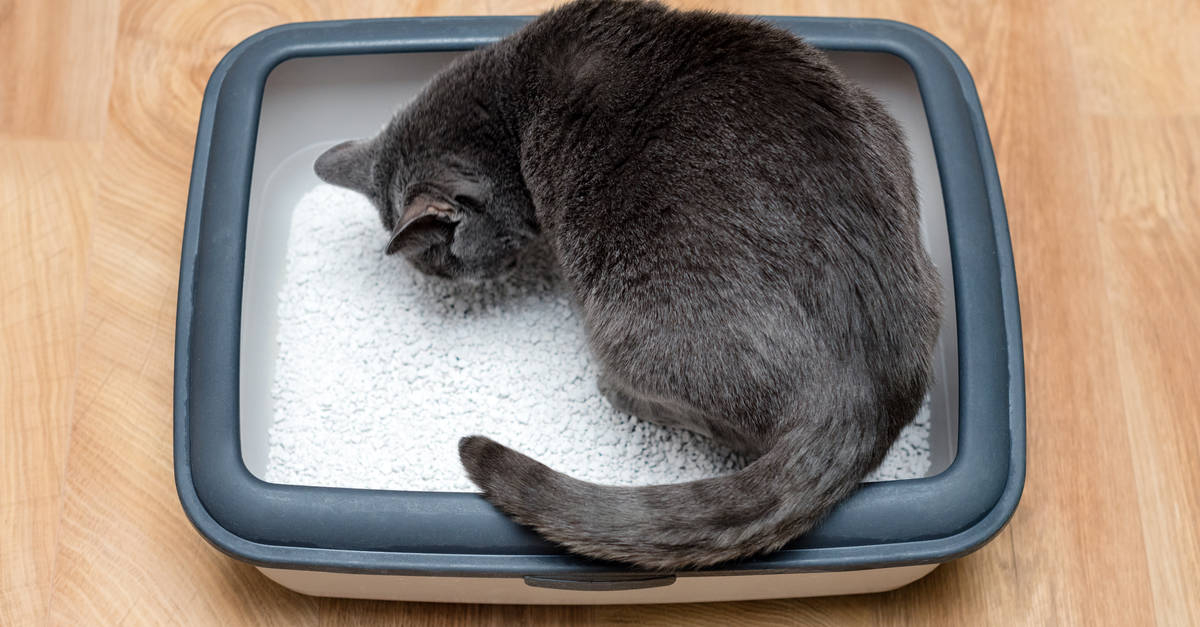 Common Poop Problems
Common Poop Problems
Diarrhea
This is a digestive condition that is not uncommon among our feline friends. Episodes of watery stools are caused by numerous triggers like food intolerance or allergies, dietary changes, inflammatory bowel disease, hyperthyroidism, colitis, intestinal parasites, pancreatic problems, and even cancer. Although diarrhea that only lasts a day or two is not usually alarming, persistent episodes of frequent, loose, and runny bowel movements may result in dehydration. Talk to your vet immediately if this happens; also, see the vet if you observe that kitty’s diarrhea comes with fever, lethargy, vomiting, loss of appetite, is black in color, or contains blood.
Constipation
Like diarrhea, you don’t necessarily have to panic if your cat experiences occasional, brief bouts of constipation. However, it might be serious if kitty appears to frequently strain too much when trying to poop or if she seems unproductive in her attempts. Some of the known causes of this common cat poop problem include a low-fiber diet, kidney issues, intestinal obstruction (including strings, bones, or hair), feline megacolon, colon abnormalities like the presence of tumors or strictures, and spinal pain or problems.
The occasional bout of constipation or diarrhea with a generally healthy kitty can be solved by adding fiber to your cat’s diet. One good source is canned pumpkin. Be sure you use only 100% pure canned pumpkin and not pie filling which has sugar added.
Cats are notoriously good at hiding illness. By being aware of what your cat leaves in the litter box, you’ll be able to easily tell if your kitty is unwell, possibly before he or she begins to show outward signs.
The Catington Post is reader-supported. That means, if you make a purchase through links on our site, we may earn an affiliate commission. All images and names which are not the property of The Catington Post are the property of their respective owners.Found this article helpful? Pin it!
